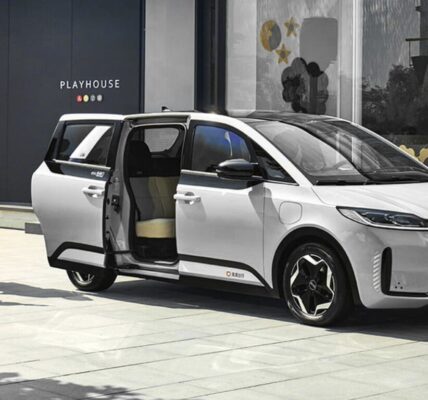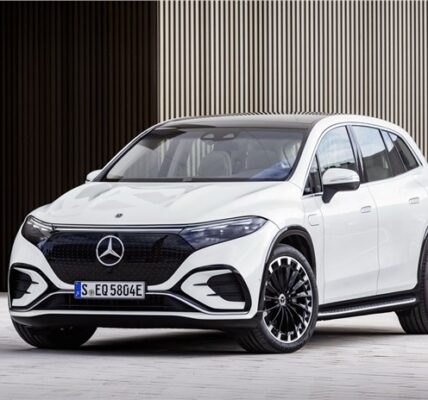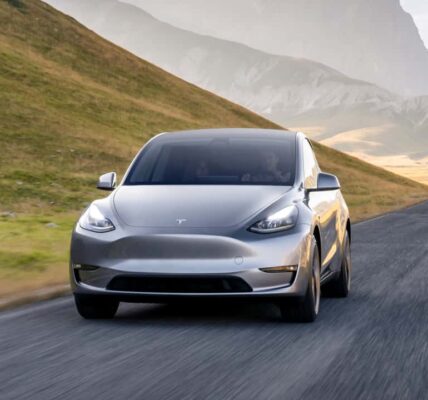HOMER Energy by UL, a global leader in the development of standard-setting energy modeling software, today announced that HOMER Grid, software for designing grid-tied distributed energy projects, can now model how hybrid systems power electric vehicle (EV) charging stations. The new capability helps users design optimal renewable energy and storage systems to reduce utility costs – especially demand charges – of electric vehicle charging.
The software can model a range of applications, including an on-demand mode which charges vehicles as fast as possible, or a smart, deferrable mode where EV charging is optimized for the lowest impact on the utility bill.
Project engineers and designers have a growing need to respond to increased demand for EV charging stations, as well as a growing awareness that electric vehicles should be charged with affordable, clean energy in order to reduce carbon emissions. The solution is to co-locate renewables and storage with charging infrastructure. HOMER Grid can model how renewables and distributed generation address the growing demand for EV charging in a clean and cost-effective way.
HOMER Grid software addresses two types of charging scenarios when it simulates energy systems. The on-demand mode functions like an ordinary gas station, where vehicles show up to charge as quickly as possible. The smart or deferrable charging station mode models the intelligent charging of a car or a fleet of cars to minimize the cost. It prioritizes the use of renewable power and schedules charging to take advantage of grid electricity when it is at its lowest cost. The smart charger allows project developers to leverage HOMER Grid’s capability to model demand charge reduction in any distributed renewable energy system and apply this to an EV charging station.
The EV Charging Design Tool in HOMER Grid accepts inputs to describe vehicle types and charging requirements, such as EV battery size (kWh) and maximum charge rate (kW). The software allows a project developer to define how often the charging station is in use through average charge duration time and traffic density over the course of the year.
HOMER Grid also incorporates characteristics of the EV charging station, such as the maximum charge rate of EV station connector (kW). Using this information, the software can model load requirements for electric vehicles in conjunction with other critical and non-critical electric loads in a given system. It then models technologies such as solar, wind, batteries, or combined heat and power (CHP), and calculates the optimal system configuration with the lowest cost. It also allows users to simulate control strategies to dispatch power to the EV charging station that matches their specific circumstances.
The software generates powerful simulation reports that show how the various resources are dispatched in a given system and produces professional-looking proposals that can be used to communicate clearly with diverse team members, potential investors and clients, or other stakeholders.
Developed primarily for commercial and industrial users, HOMER Grid software helps reduce financial and engineering risk through feasibility simulation of multiple system configurations and identification of least-cost options. It can also solve for systems with the lowest carbon emissions and other factors.
The EV market, which has been growing at more than 50% annually since 2013, is now expanding faster than expected. According to the Boston Consulting Group, sales of EV vehicles, including both plug-in hybrid and battery-only vehicles, will account for a third of all auto sales by 2025, and outpace sales of internal combustion vehicles by 2030. The rapid growth of EV sales is creating pressure for more investment in EV charging stations. The demand for charging stations is, in turn, driving demand for the design of distributed renewable energy systems that can produce clean power for transportation.
Meanwhile, according to an article by the Rocky Mountain Institute, EV charging station owners and the commercial buildings where they are located could face “runaway electric bills” if EV charging is not managed carefully. EV charging can be equivalent to the peak demand of an entire house, and demand charges can make up over 50% of a commercial electric bill.







